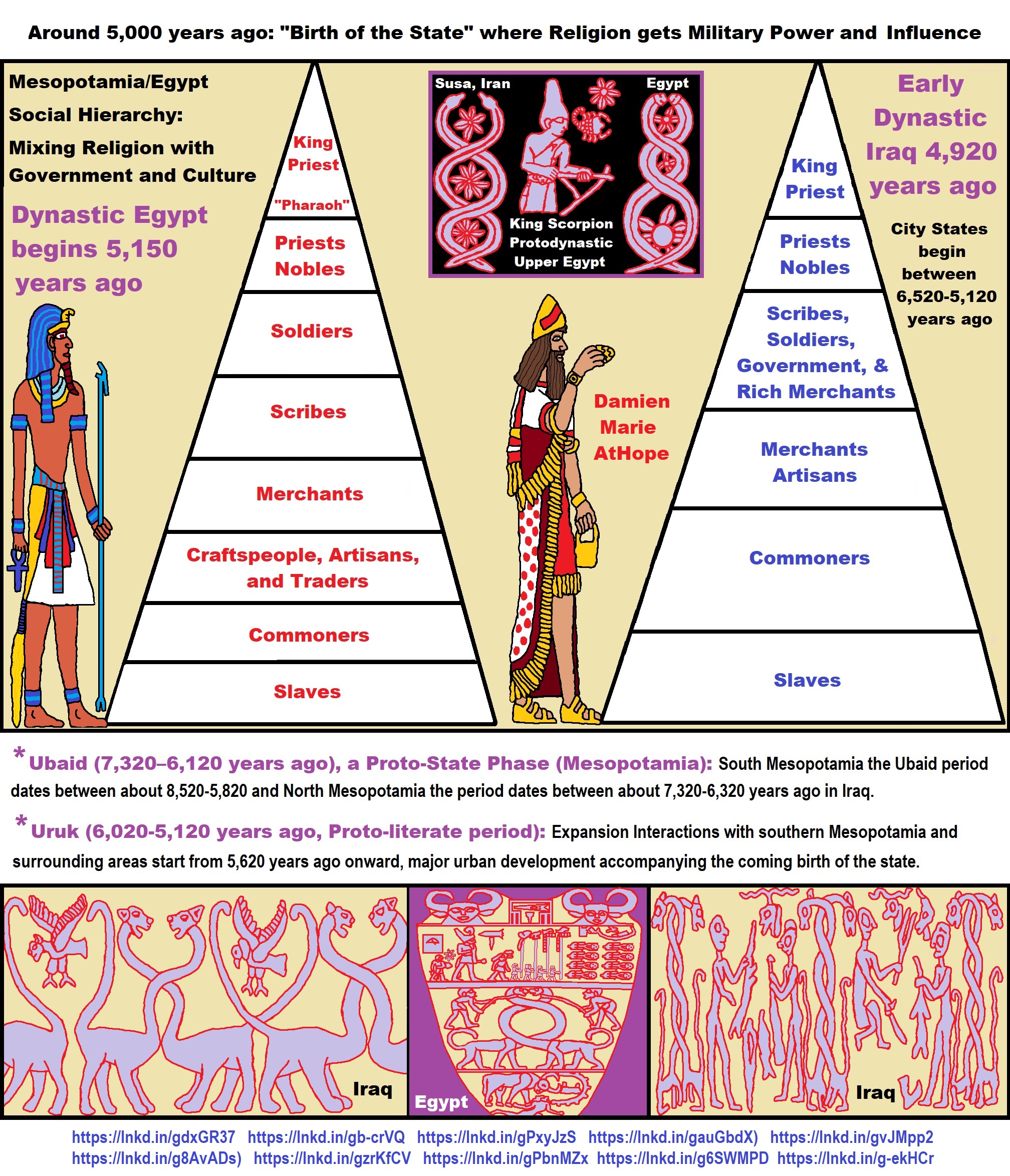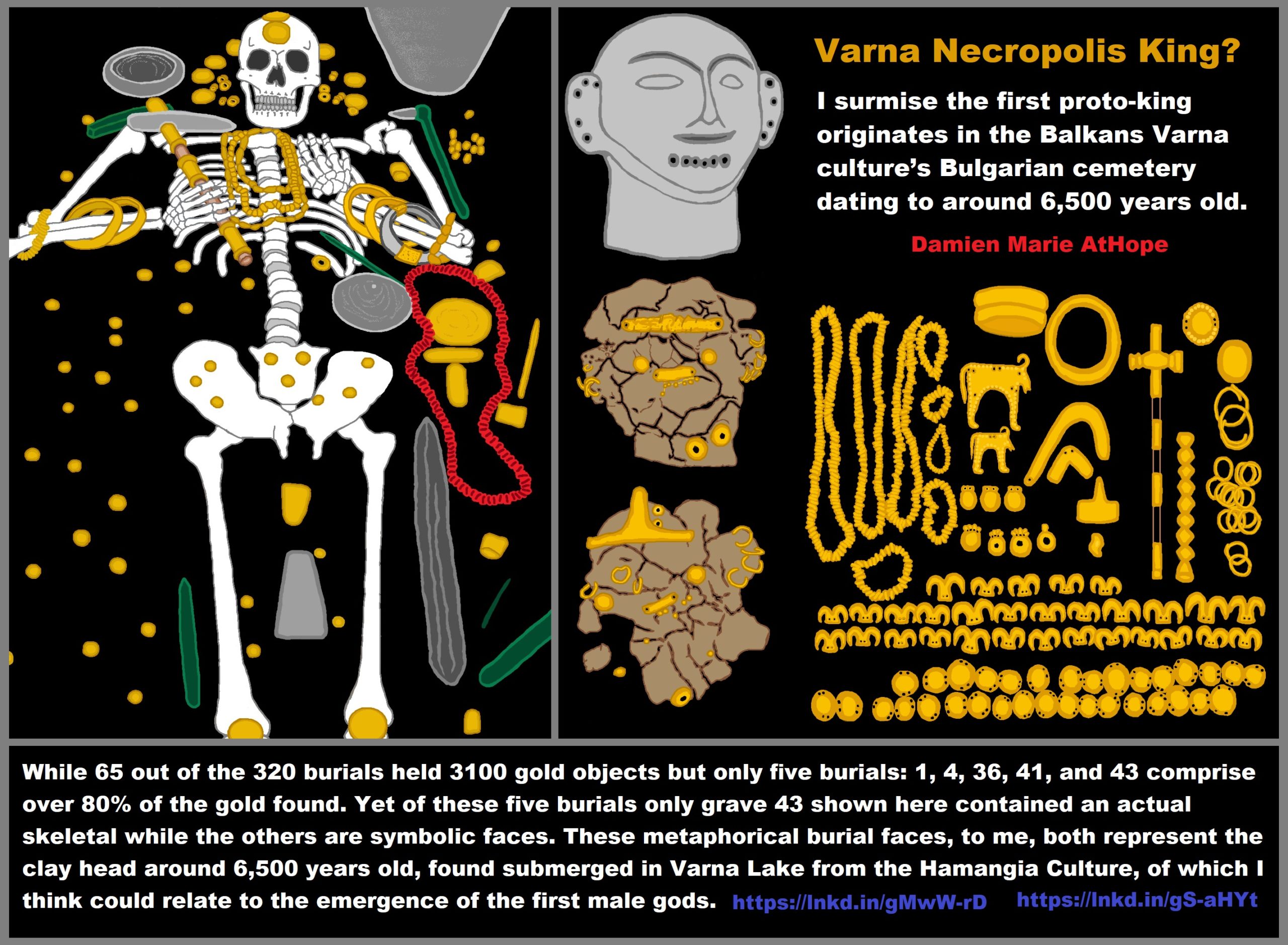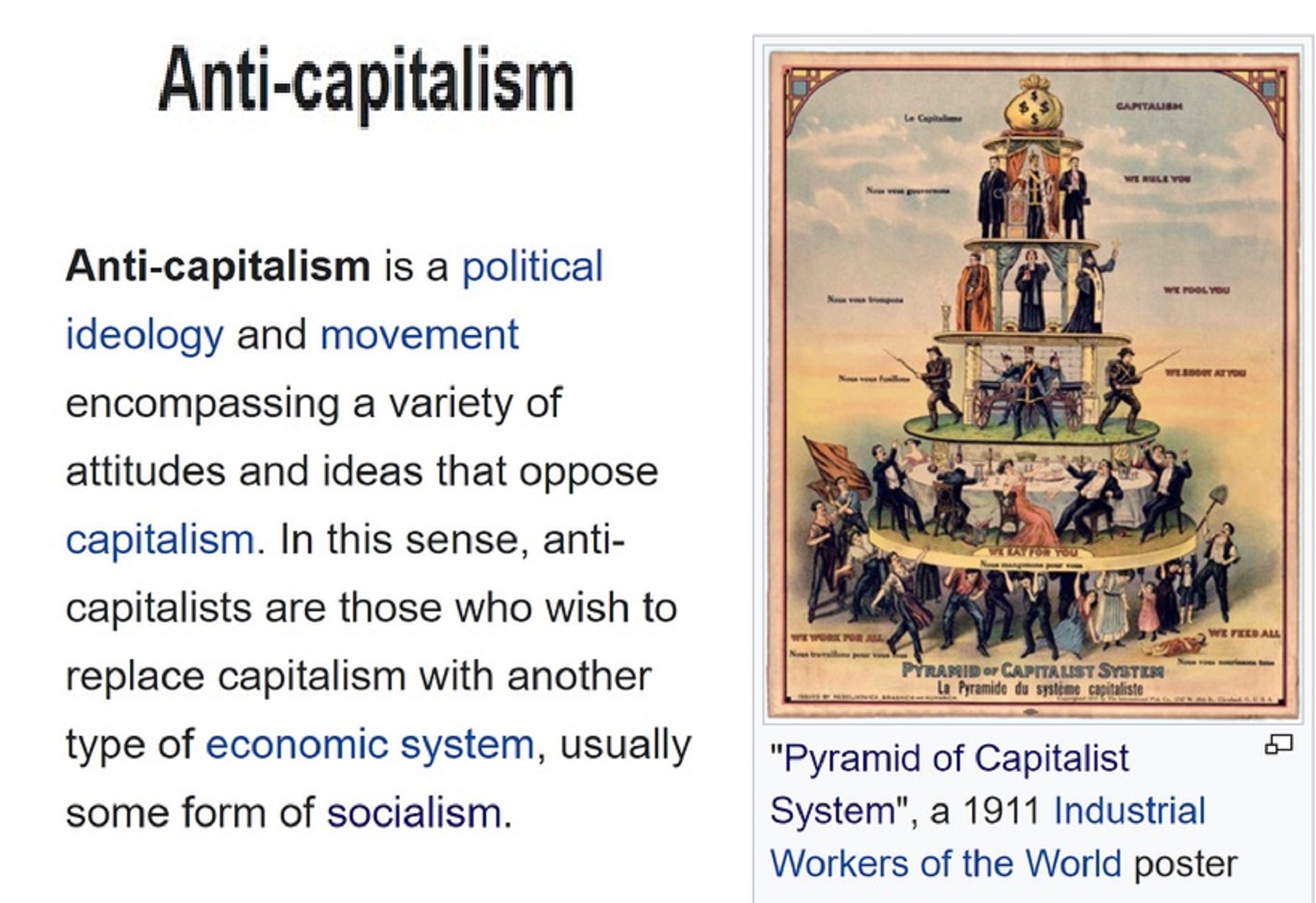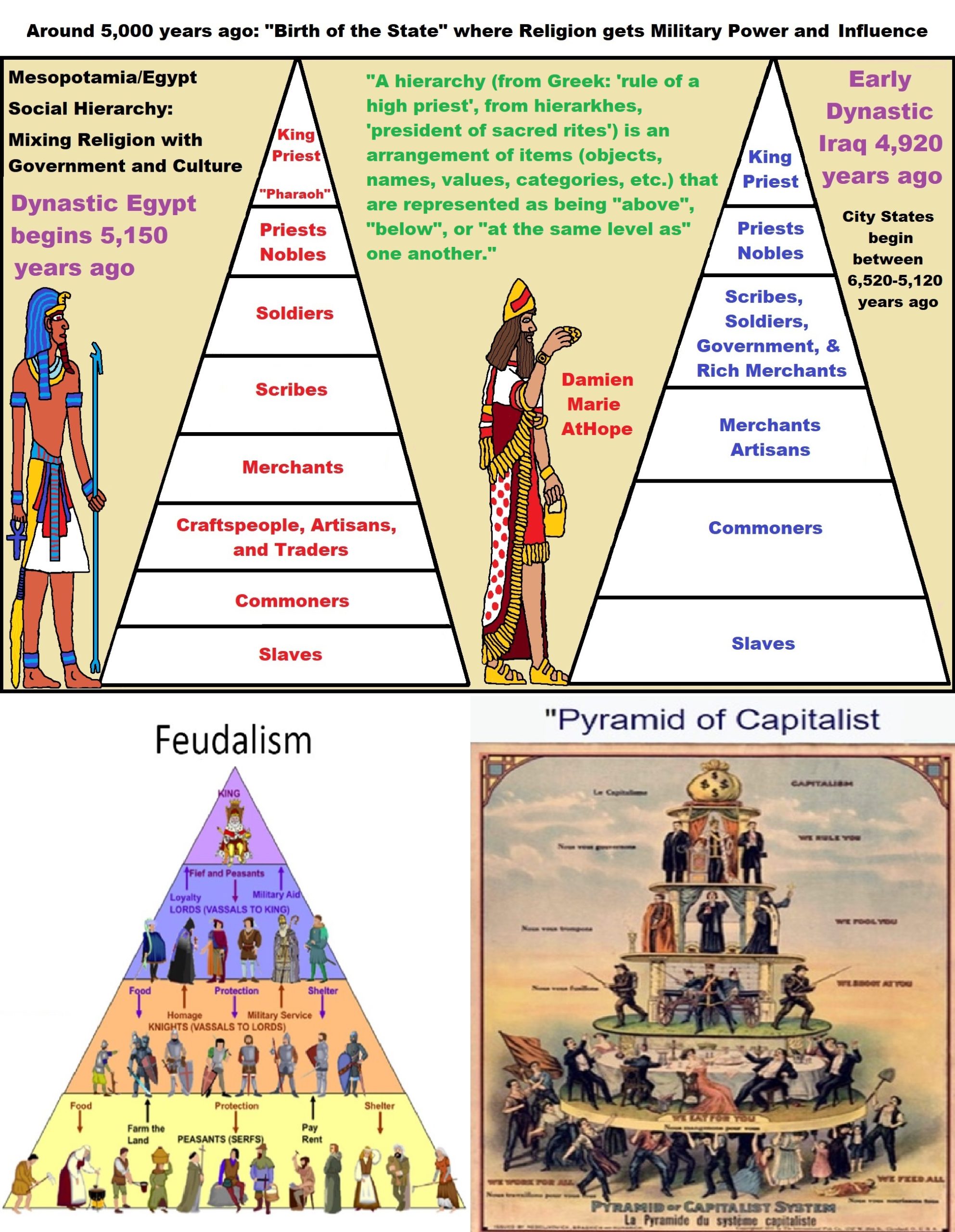
“A hierarchy (from Greek: ‘rule of a high priest’, from hierarkhes, ‘president of sacred rites’) is an arrangement of items (objects, names, values, categories, etc.) that are represented as being “above”, “below”, or “at the same level as” one another.” ref
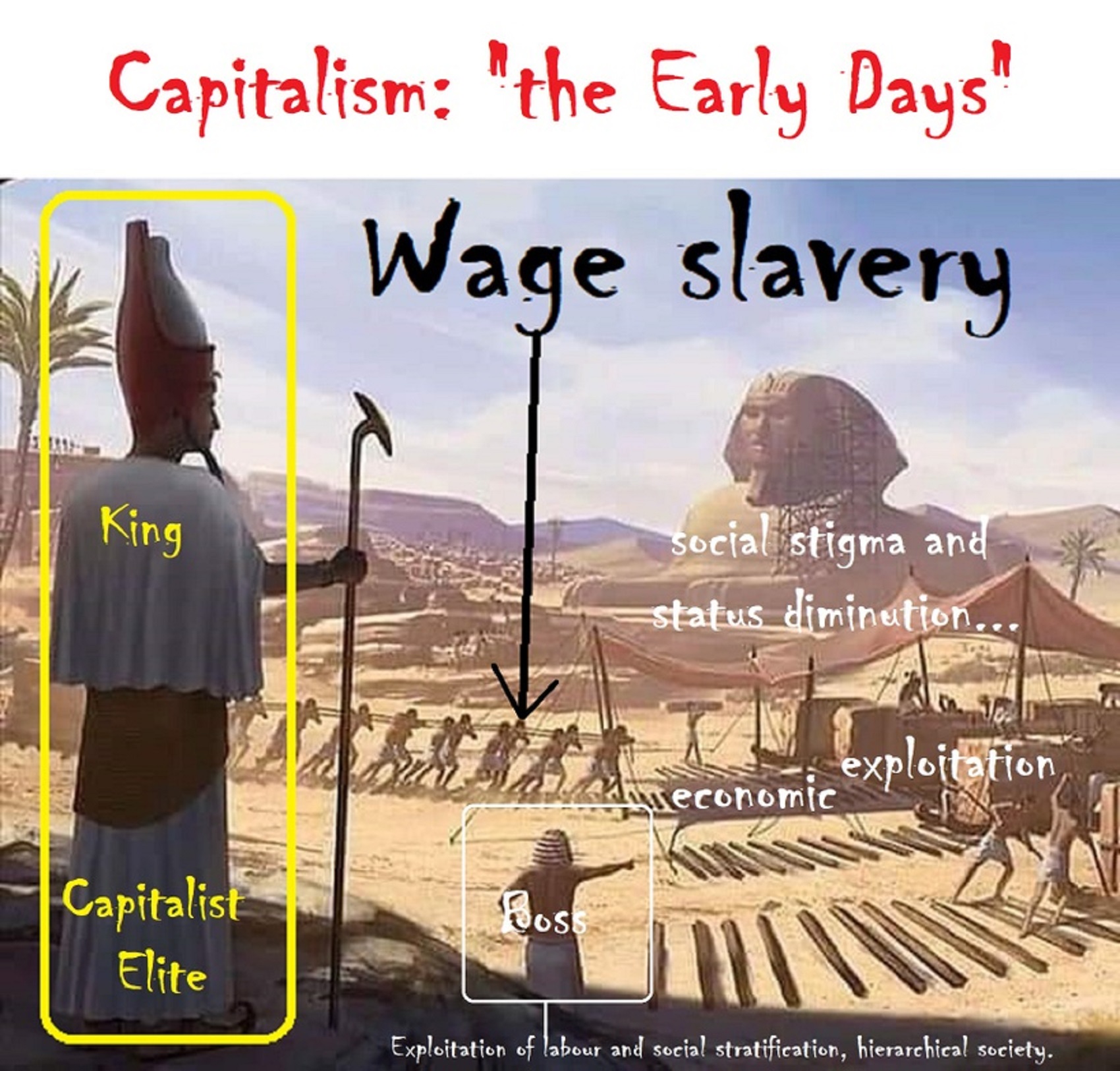

“A hierarchy can link entities either directly or indirectly, and either vertically or diagonally. The only direct links in a hierarchy, insofar as they are hierarchical, are to one’s immediate superior or to one of one’s subordinates, although a system that is largely hierarchical can also incorporate alternative hierarchies. Hierarchical links can extend “vertically” upwards or downwards via multiple links in the same direction, following a path. All parts of the hierarchy that are not linked vertically to one another nevertheless can be “horizontally” linked through a path by traveling up the hierarchy to find a common direct or indirect superior, and then down again. This is akin to two co-workers or colleagues; each reports to a common superior, but they have the same relative amount of authority. Organizational forms exist that are both alternative and complementary to hierarchy. Heterarchy is one such form.” ref
“In an organizational context, the following terms are often used related to hierarchies:
- Object: one entity (e.g., a person, department or concept or element of arrangement, or member of a set)
- System: the entire set of objects that are being arranged hierarchically (e.g., an administration)
- Dimension: another word for “system” from on-line analytical processing (e.g. cubes)
- Member: an (element or object) at any (level or rank) in a (class-system, taxonomy, or dimension)
- Terms about PositioningRank: the relative value, worth, complexity, power, importance, authority, level etc. of an object
Level or Tier: a set of objects with the same rank OR importance
Ordering: the arrangement of the (ranks or levels)
Hierarchy: the arrangement of a particular set of members into (ranks or levels). Multiple hierarchies are possible per (dimension taxonomy or Classification-system), in which selected levels of the dimension are omitted to flatten the structure.” ref - “Terms about Placement Hierarch, the apex of the hierarchy, consisting of one single orphan (object or member) in the top level of a dimension. The root of an inverted-tree structure
Member, a (member or node) in any level of a hierarchy in a dimension to which (superior and subordinate) members are attached
Orphan, a member in any level of a dimension without a parent member. Often the apex of a disconnected branch. Orphans can be grafted back into the hierarchy by creating a relationship (interaction) with a parent in the immediately superior level
Leaf, a member in any level of a dimension without subordinates in the hierarchy
Neighbour: a member adjacent to another member in the same (level or rank). Always a peer.
Superior: a higher level or an object ranked at a higher level (A parent or an ancestor)
Subordinate: a lower level or an object ranked at a lower level (A child or a descendant)
Collection: all of the objects at one level (i.e. Peers)
Peer: an object with the same rank (and therefore at the same level)
Interaction: the relationship between an object and its direct superior or subordinate (i.e. a superior/inferior pair)a direct interaction occurs when one object is on a level exactly one higher or one lower than the other (i.e., on a tree, the two objects have a line between them)
Distance: the minimum number of connections between two objects, i.e., one less than the number of objects that need to be “crossed” to trace a path from one object to another
Span: a qualitative description of the width of a level when diagrammed, i.e., the number of subordinates an object has.” ref
“Most hierarchies use a more specific vocabulary pertaining to their subject, but the idea behind them is the same. For example, with data structures, objects are known as nodes, superiors are called parents, and subordinates are called children. In a business setting, a superior is a supervisor/boss and a peer is a colleague.” ref
Degree of branching
“Degree of branching refers to the number of direct subordinates or children an object has (in graph theory, equivalent to the number of other vertices connected to via outgoing arcs, in a directed graph) a node has. Hierarchies can be categorized based on the “maximum degree”, the highest degree present in the system as a whole. Categorization in this way yields two broad classes: linear and branching.” ref
“In a linear hierarchy, the maximum degree is 1. In other words, all of the objects can be visualized in a line-up, and each object (excluding the top and bottom ones) has exactly one direct subordinate and one direct superior. Note that this is referring to the objects and not the levels; every hierarchy has this property with respect to levels, but normally each level can have an infinite number of objects. An example of a linear hierarchy is the hierarchy of life.” ref
“In a branching hierarchy, one or more objects has a degree of 2 or more (and therefore the minimum degree is 2 or higher). For many people, the word “hierarchy” automatically evokes an image of a branching hierarchy. Branching hierarchies are present within numerous systems, including organizations and classification schemes. The broad category of branching hierarchies can be further subdivided based on the degree.” ref
“A flat hierarchy (also known for companies as flat organization) is a branching hierarchy in which the maximum degree approaches infinity, i.e., that has a wide span. Most often, systems intuitively regarded as hierarchical have at most a moderate span. Therefore, a flat hierarchy is often not viewed as a hierarchy at all. For example, diamonds and graphite are flat hierarchies of numerous carbon atoms that can be further decomposed into subatomic particles.” ref
“An overlapping hierarchy is a branching hierarchy in which at least one object has two parent objects. For example, a graduate student can have two co-supervisors to whom the student reports directly and equally, and who have the same level of authority within the university hierarchy (i.e., they have the same position or tenure status).” ref
Etymology
“Possibly the first use of the English word hierarchy cited by the Oxford English Dictionary was in 1881, when it was used in reference to the three orders of three angels as depicted by Pseudo-Dionysius the Areopagite (5th–6th centuries). Pseudo-Dionysius used the related Greek word (ἱεραρχία, hierarchia) both in reference to the celestial hierarchy and the ecclesiastical hierarchy. The Greek term hierarchia means ‘rule of a high priest’, from hierarches (ἱεράρχης, ‘president of sacred rites, high-priest’) and that from hiereus (ἱερεύς, ‘priest’) and arche (ἀρχή, ‘first place or power, rule’). Dionysius is credited with first use of it as an abstract noun.” ref
“Since hierarchical churches, such as the Roman Catholic (see Catholic Church hierarchy) and Eastern Orthodox churches, had tables of organization that were “hierarchical” in the modern sense of the word (traditionally with God as the pinnacle or head of the hierarchy), the term came to refer to similar organizational methods in secular settings.” ref
“A hierarchy is typically depicted as a pyramid, where the height of a level represents that level’s status and width of a level represents the quantity of items at that level relative to the whole. For example, the few Directors of a company could be at the apex, and the base could be thousands of people who have no subordinates. These pyramids are often diagrammed with a triangle diagram which serves to emphasize the size differences between the levels.” ref
“Kulish (2002) suggests that almost every system of organization that humans apply to the world is arranged hierarchically. Some conventional definitions of the terms “nation” and “government” suggest that every nation has a government and that every government is hierarchical. Sociologists can analyze socioeconomic systems in terms of stratification into a social hierarchy (the social stratification of societies), and all systematic classification schemes (taxonomies) are hierarchical. Most organized religions, regardless of their internal governance structures, operate as a hierarchy under deities and priesthood.” ref
“Many Christian denominations have an autocephalous ecclesiastical hierarchy of leadership. Families can be viewed as hierarchical structures in terms of cousinship (e.g., the first cousin once removed, second cousin, etc.), ancestry (as depicted in a family tree), and inheritance ( succession and heirship).” ref
“Learning steps often follow a hierarchical scheme—to master differential equations one must first learn calculus; to learn calculus one must first learn elementary algebra; and so on. Nature offers hierarchical structures, as numerous schemes such as Linnaean taxonomy, the organization of life, and biomass pyramids attempt to document. Hierarchies are so infused into daily life that they are viewed as trivial.” ref

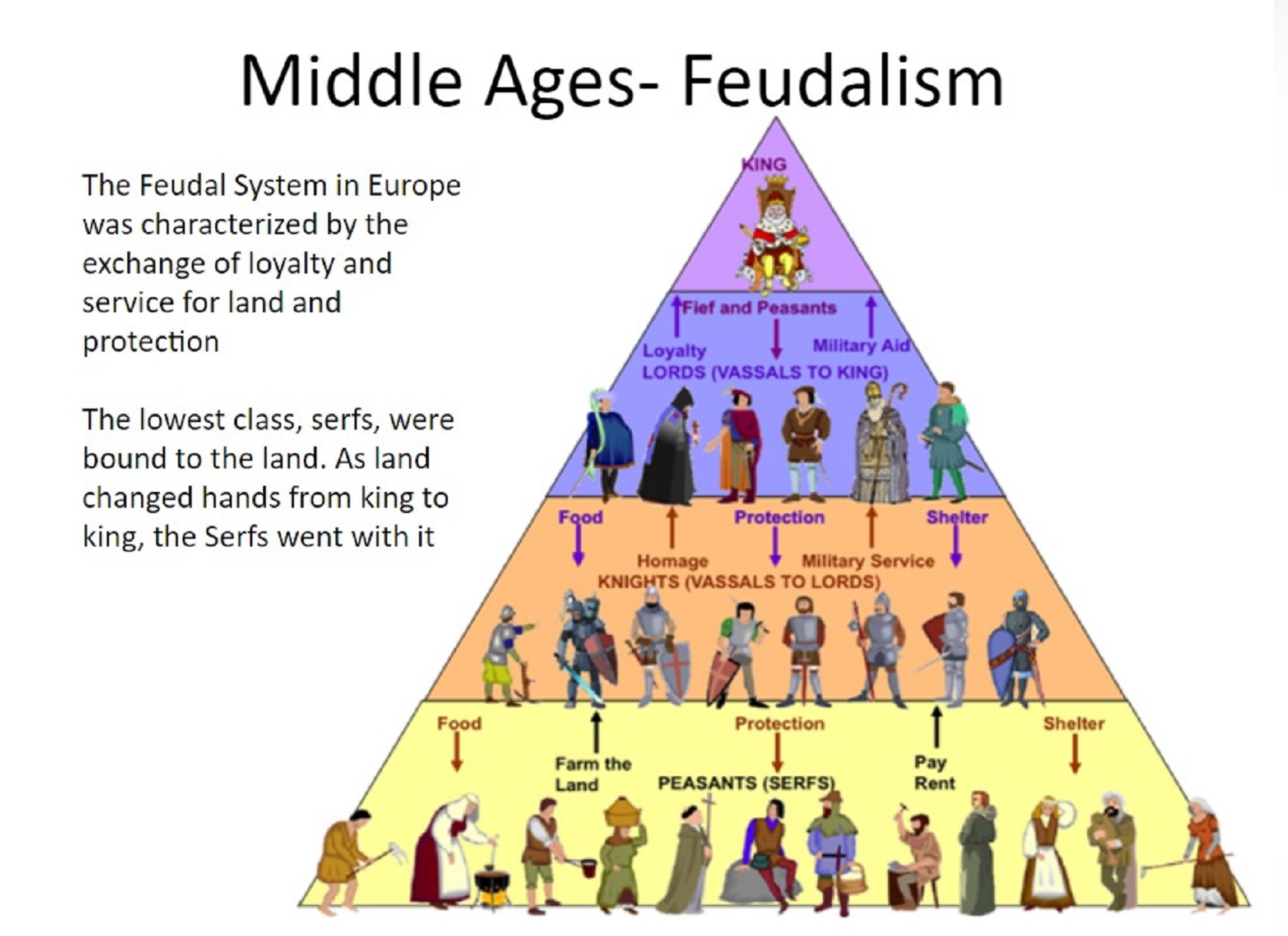


While hallucinogens are associated with shamanism, it is alcohol that is associated with paganism.
The Atheist-Humanist-Leftist Revolutionaries Shows in the prehistory series:
Show two: Pre-animism 300,000 years old and animism 100,000 years old: related to “Anarchism and Socialism”
Show tree: Totemism 50,000 years old: related to “Anarchism and Socialism”
Show four: Shamanism 30,000 years old: related to “Anarchism and Socialism”
Show five: Paganism 12,000 years old: related to “Anarchism and Socialism”
Show six: Emergence of hierarchy, sexism, slavery, and the new male god dominance: Paganism 7,000-5,000 years old: related to “Anarchism and Socialism” (Capitalism) (World War 0) Elite and their slaves!
Prehistory: related to “Anarchism and Socialism” the division of labor, power, rights, and recourses: VIDEO
Pre-animism 300,000 years old and animism 100,000 years old: related to “Anarchism and Socialism”: VIDEO
Totemism 50,000 years old: related to “Anarchism and Socialism”: VIDEO
Shamanism 30,000 years old: related to “Anarchism and Socialism”: VIDEO
Paganism 12,000 years old: related to “Anarchism and Socialism” (Pre-Capitalism): VIDEO
Paganism 7,000-5,000 years old: related to “Anarchism and Socialism” (Capitalism) (World War 0) Elite and their slaves: VIEDO
Paganism 5,000 years old: progressed organized religion and the state: related to “Anarchism and Socialism” (Kings and the Rise of the State): VIEDO
Paganism 4,000 years old: related to “Anarchism and Socialism” (First Moralistic gods, then the Origin time of Monotheism): VIEDO
I do not hate simply because I challenge and expose myths or lies any more than others being thought of as loving simply because of the protection and hiding from challenge their favored myths or lies.
The truth is best championed in the sunlight of challenge.
An archaeologist once said to me “Damien religion and culture are very different”
My response, So are you saying that was always that way, such as would you say Native Americans’ cultures are separate from their religions? And do you think it always was the way you believe?
I had said that religion was a cultural product. That is still how I see it and there are other archaeologists that think close to me as well. Gods too are the myths of cultures that did not understand science or the world around them, seeing magic/supernatural everywhere.
I personally think there is a goddess and not enough evidence to support a male god at Çatalhöyük but if there was both a male and female god and goddess then I know the kind of gods they were like Proto-Indo-European mythology.

The “Atheist-Humanist-Leftist Revolutionaries”
Cory Johnston ☭ Ⓐ Atheist Leftist @Skepticallefty & I (Damien Marie AtHope) @AthopeMarie (my YouTube & related blog) are working jointly in atheist, antitheist, antireligionist, antifascist, anarchist, socialist, and humanist endeavors in our videos together, generally, every other Saturday.
Why Does Power Bring Responsibility?
Think, how often is it the powerless that start wars, oppress others, or commit genocide? So, I guess the question is to us all, to ask, how can power not carry responsibility in a humanity concept? I know I see the deep ethical responsibility that if there is power their must be a humanistic responsibility of ethical and empathic stewardship of that power. Will I be brave enough to be kind? Will I possess enough courage to be compassionate? Will my valor reached its height of empathy? I as everyone earns our justified respect by our actions, that are good, ethical, just, protecting, and kind. Do I have enough self-respect to put my love for humanity’s flushing, over being brought down by some of its bad actors? May we all be the ones doing good actions in the world, to help human flourishing.
I create the world I want to live in, striving for flourishing. Which is not a place but a positive potential involvement and promotion; a life of humanist goal precision. To master oneself, also means mastering positive prosocial behaviors needed for human flourishing. I may have lost a god myth as an atheist but I am happy to tell you my friend, it is exactly because of that, leaving the mental terrorizer, god belief that I truly regained my connected ethical as well as kind humanity.
Cory and I will talk about prehistory and theism, addressing the relevance to atheism, anarchism, and socialism.
At the same time of the rise of the male god 7,000 years ago was also the very time there was the rise of violence war, and clans to kingdoms, then empires, then states. It is all connected back to 7,000 years ago and it mover across the world.
Cory Johnston: https://damienmarieathope.com/2021/04/cory-johnston-mind-of-a-skeptical-leftist/?v=32aec8db952d
The Mind of a Skeptical Leftist (YouTube)
Cory Johnston: Mind of a Skeptical Leftist @Skepticalcory
The Mind of a Skeptical Leftist By Cory Johnston: “Promoting critical thinking, social justice, and left-wing politics by covering current events and talking to a variety of people. Cory Johnston has been thoughtfully talking to people and attempting to promote critical thinking, social justice, and left-wing politics.”
Cory Johnston ☭ Ⓐ @Skepticallefty Evidence-based atheist leftist (he/him) Producer, host, and co-host of 4 podcasts @skeptarchy @skpoliticspod and @AthopeMarie
http://anchor.fm/skepticalleft
He needs our support. We rise by helping each other.
Damien Marie AtHope (“At Hope”) Axiological Atheist, Anti-theist, Anti-religionist, Secular Humanist. Rationalist, Writer, Artist, Poet, Philosopher, Advocate, Activist, Psychology, and Armchair Archaeology/Anthropology/Historian.
Damien is interested in: Freedom, Liberty, Justice, Equality, Ethics, Humanism, Science, Atheism, Antiteism, Antireligionism, Ignosticism, Left-Libertarianism, Anarchism, Socialism, Mutualism, Axiology, Metaphysics, LGBTQI, Philosophy, Advocacy, Activism, Mental Health, Psychology, Archaeology, Social Work, Sexual Rights, Marriage Rights, Woman’s Rights, Gender Rights, Child Rights, Secular Rights, Race Equality, Ageism/Disability Equality, Etc. And a far-leftist, “Anarcho-Humanist.”

Art by Damien Marie AtHope
Damien Marie AtHope (Said as “At” “Hope”)/(Autodidact Polymath but not good at math):
Axiological Atheist, Anti-theist, Anti-religionist, Secular Humanist, Rationalist, Writer, Artist, Jeweler, Poet, “autodidact” Philosopher, schooled in Psychology, and “autodidact” Armchair Archaeology/Anthropology/Pre-Historian (Knowledgeable in the range of: 1 million to 5,000/4,000 years ago). I am an anarchist socialist politically. Reasons for or Types of Atheism
My Website, My Blog, My (free accesses) Patreon, My (free accesses) Patreon Blog & Short-writing or Quotes My YouTube, Twitter: @AthopeMarie, and My Email: damien.marie.athope@gmail.com

